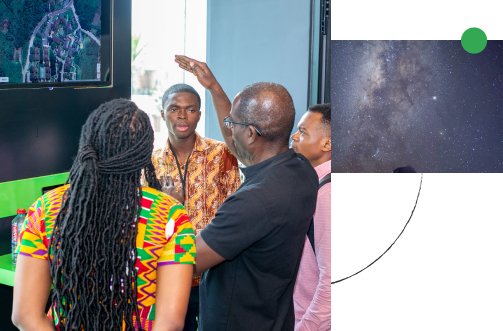
Anees Shaikh
Anees Shaikh is with the Global Networking team at Google where he works on software systems to support network management, cloud networking, and routing security in Google’s production networks. Prior to joining Google, he was the Chief SDN Architect in the System Networking product group at IBM, and a research lead at the T.J. Watson Research Center working in all three major divisions (software, services, and systems) of IBM Research.
Anees has published widely in the areas of networking, cloud computing, and system management, and has been an invited speaker in numerous industry forums. He has also been active in a number of open source and standards efforts, including ONF, OpenStack, and IETF, as well as helping to found the OpenDaylight and OpenConfig projects.
